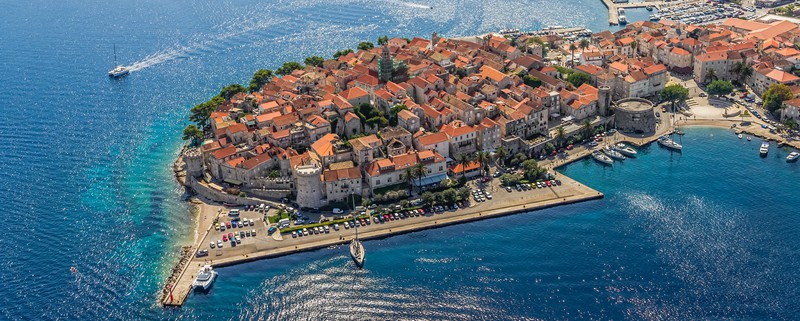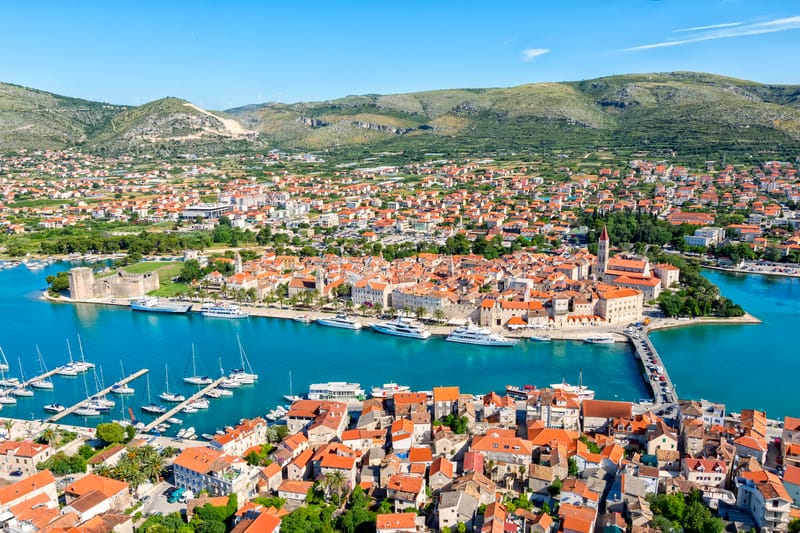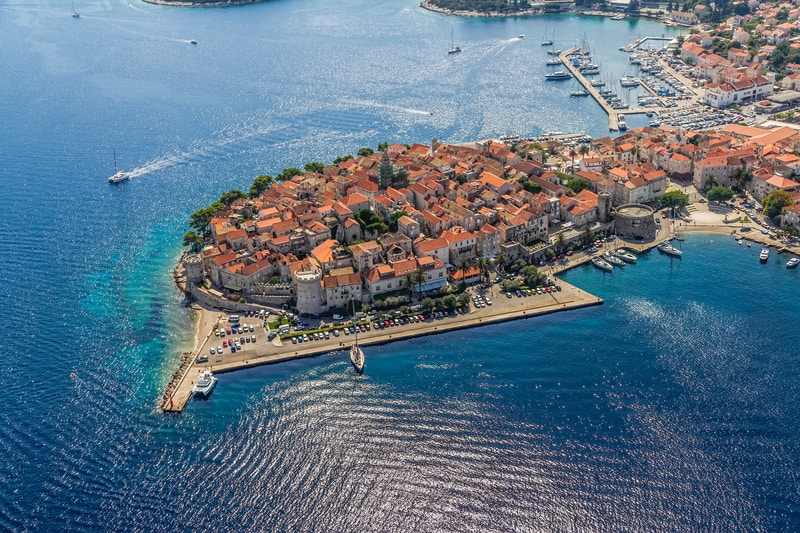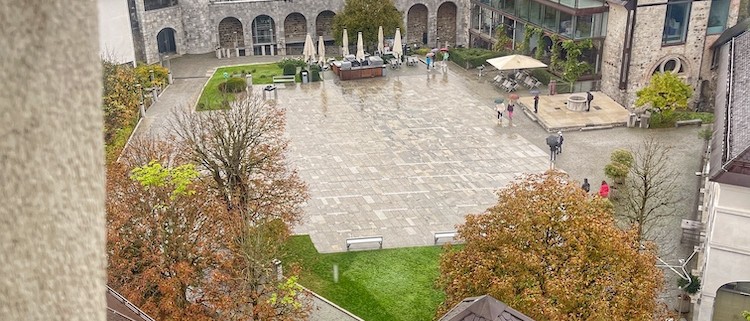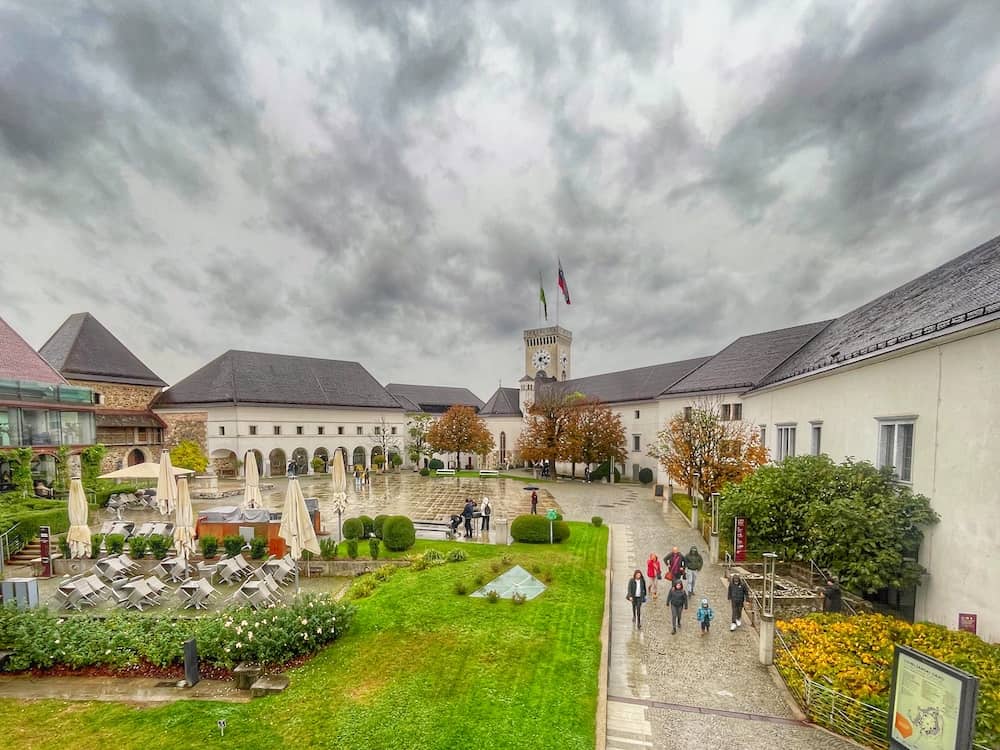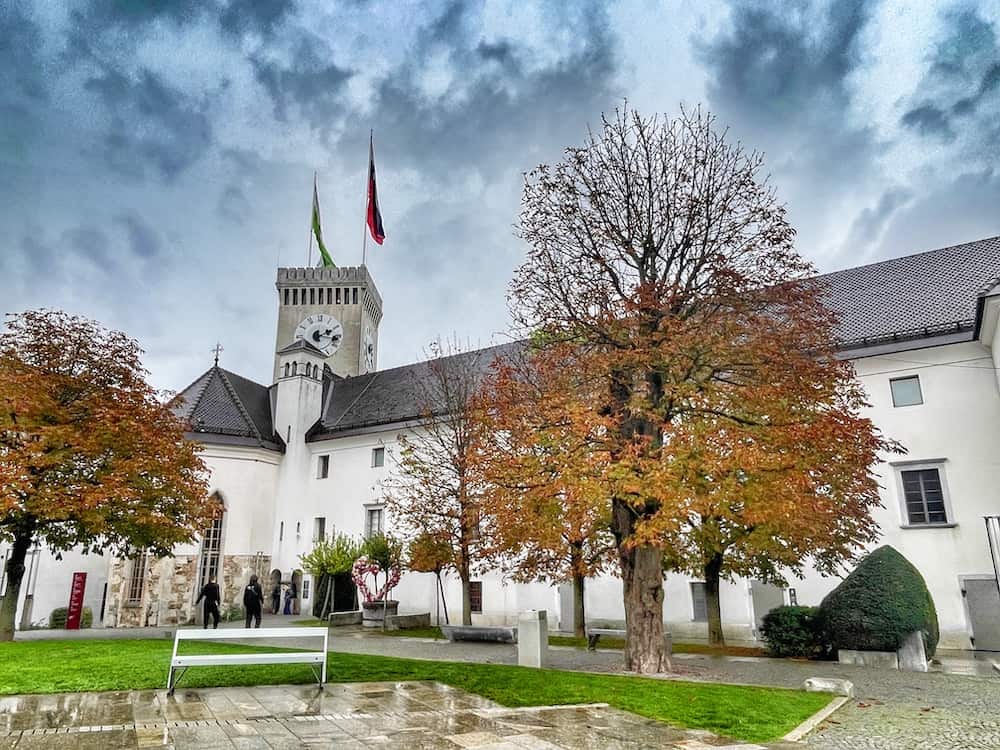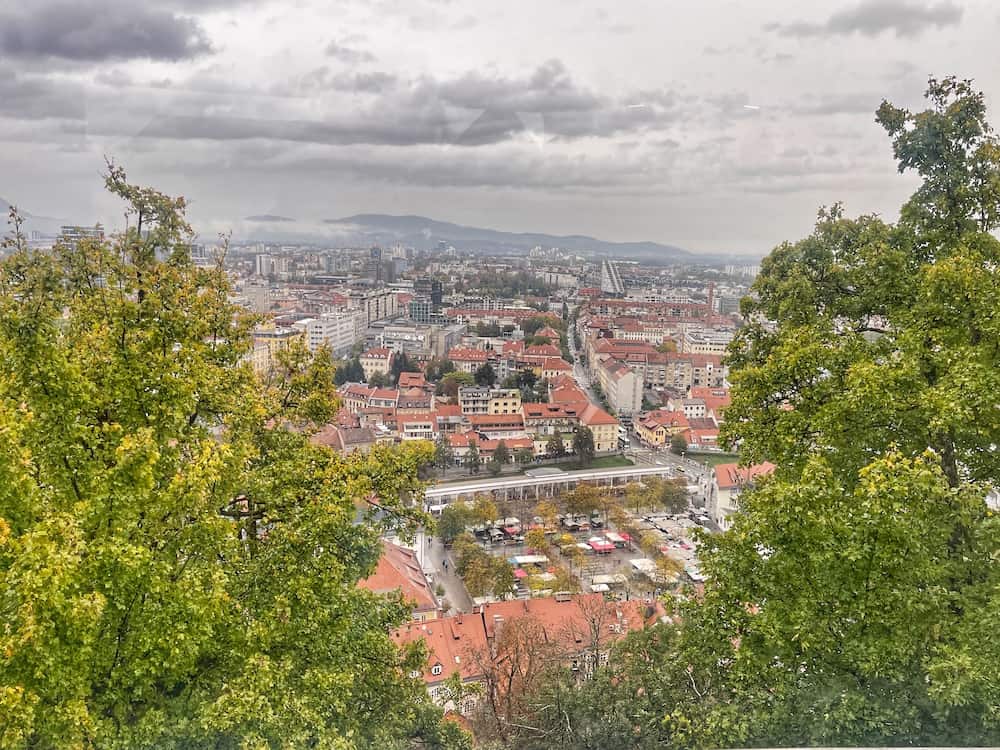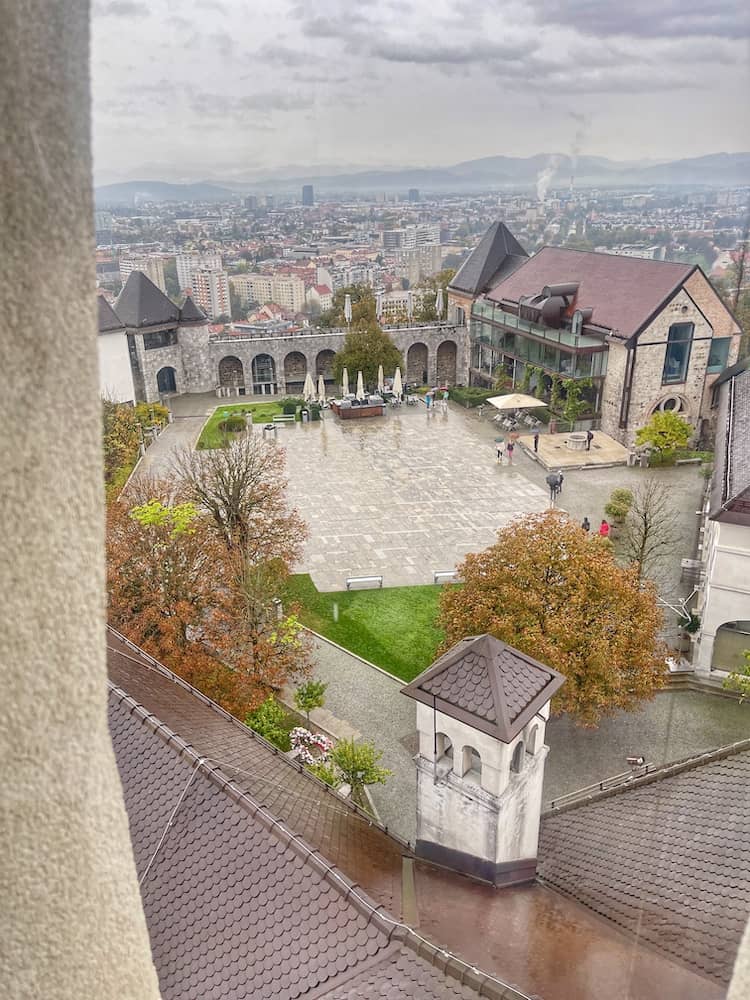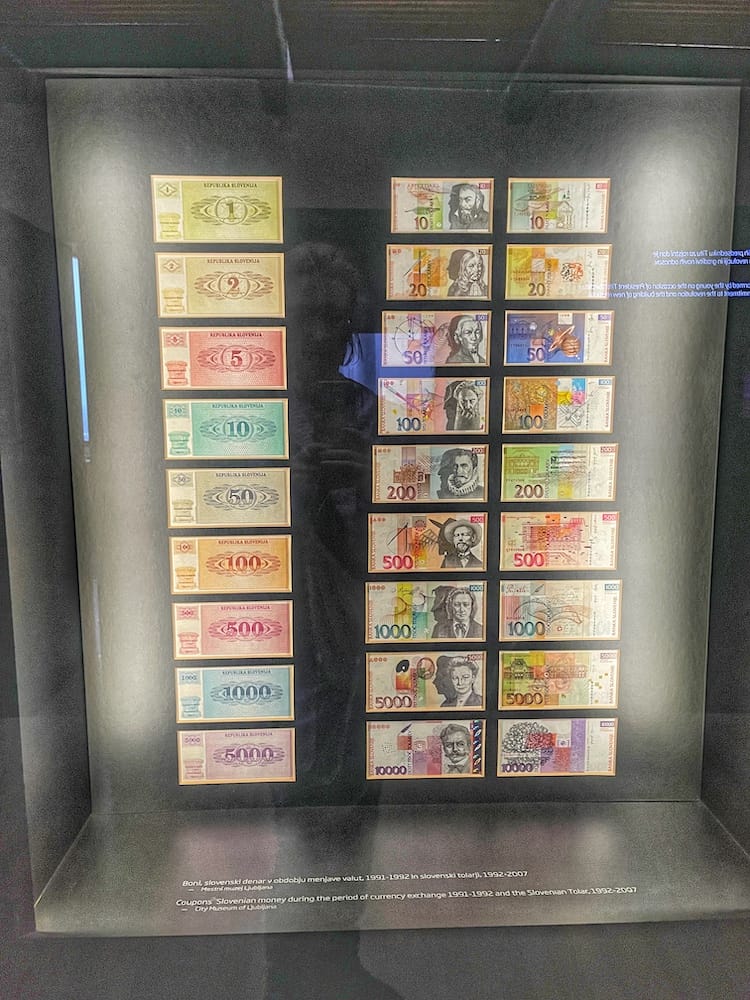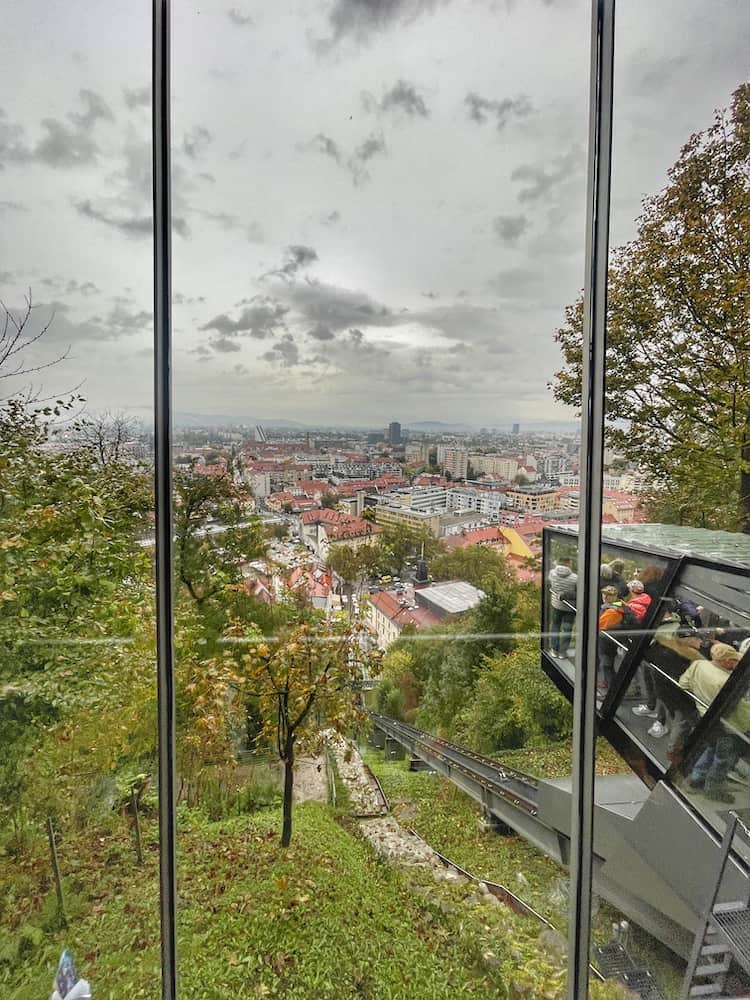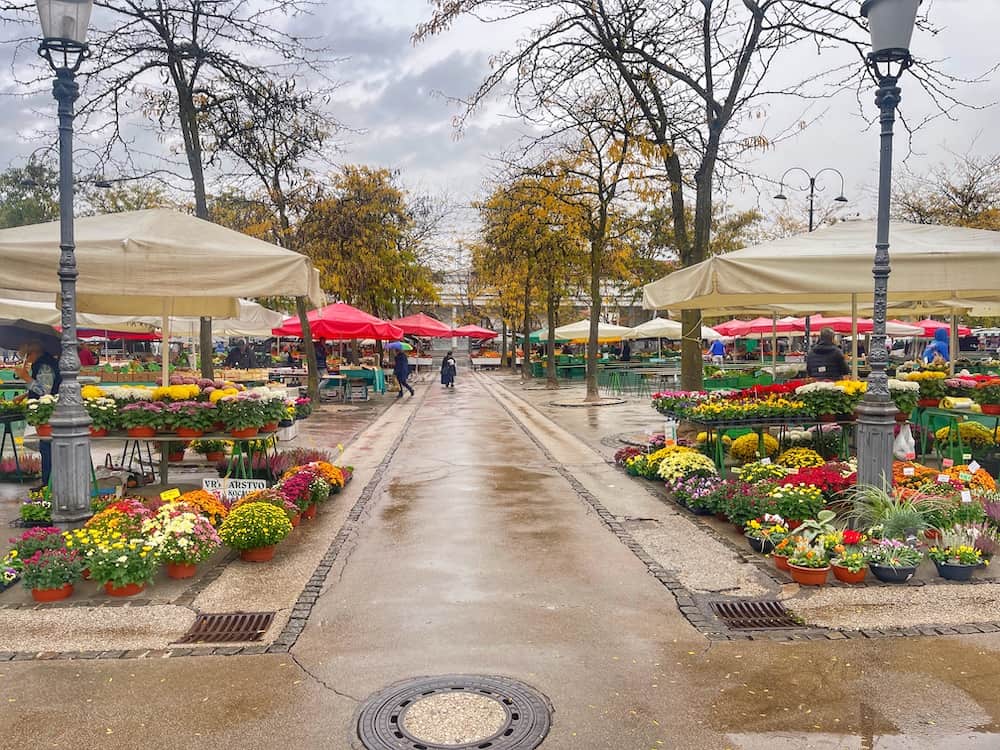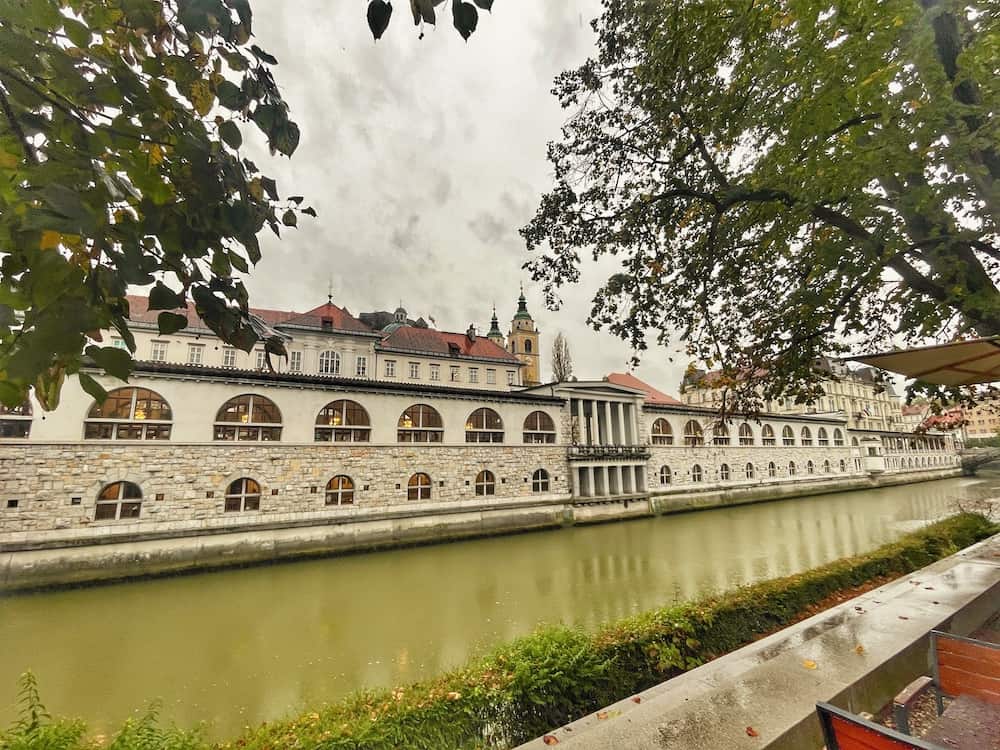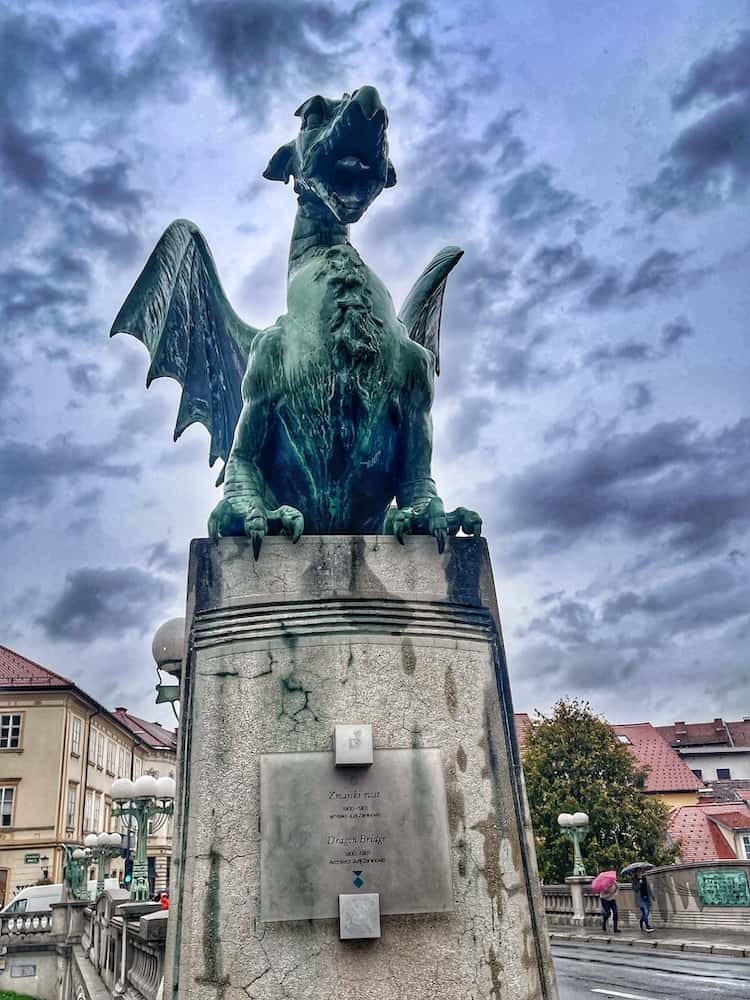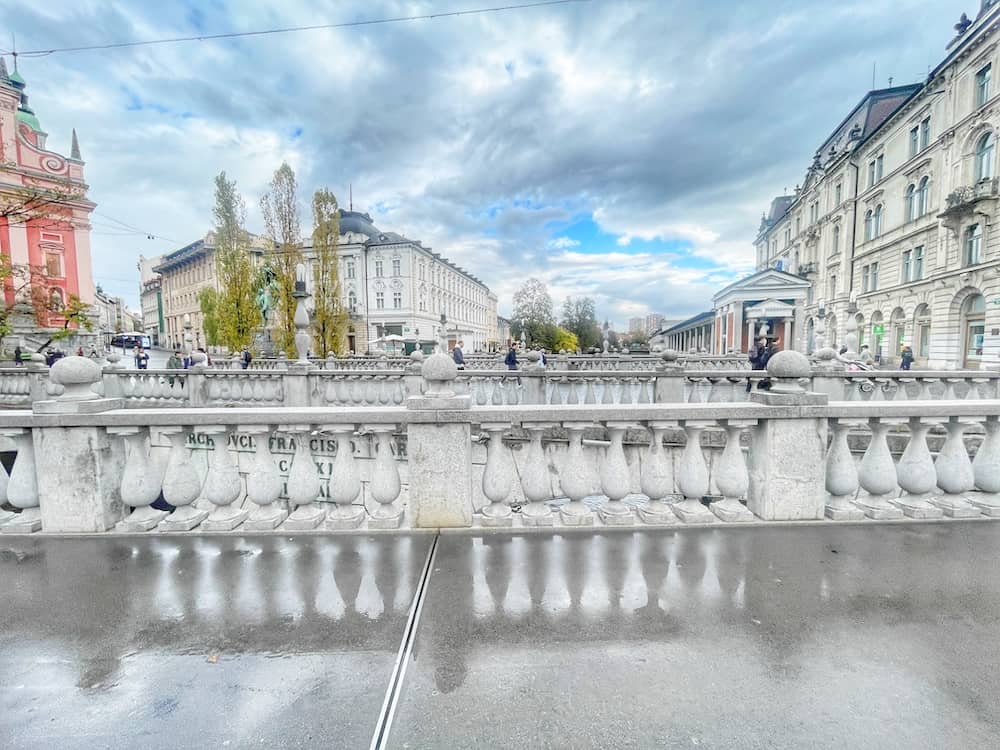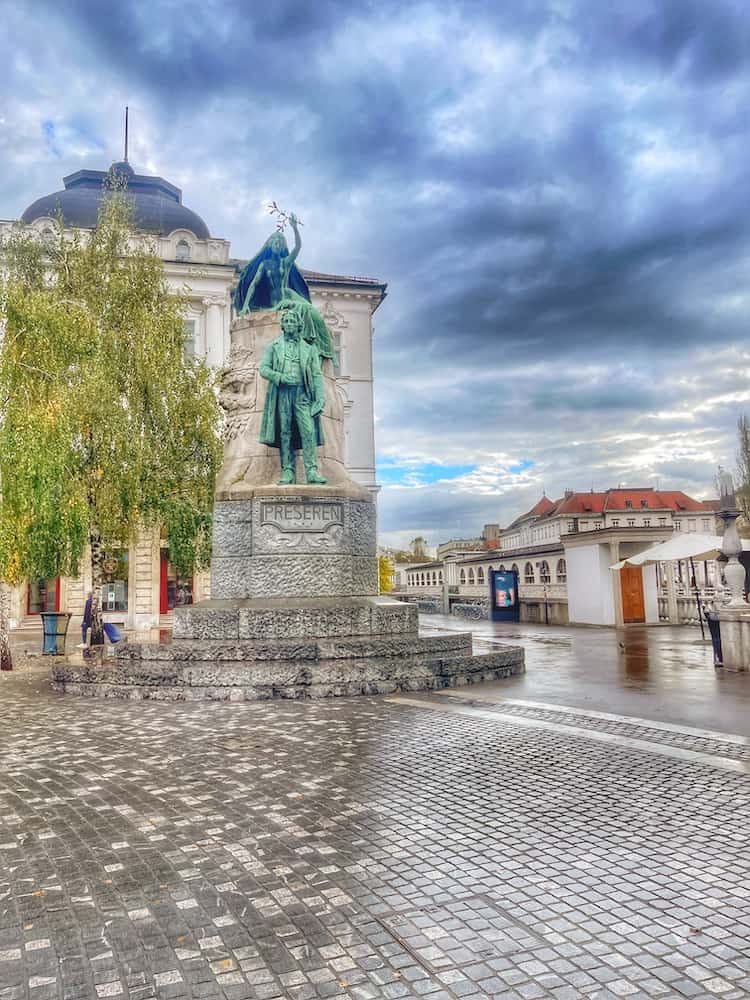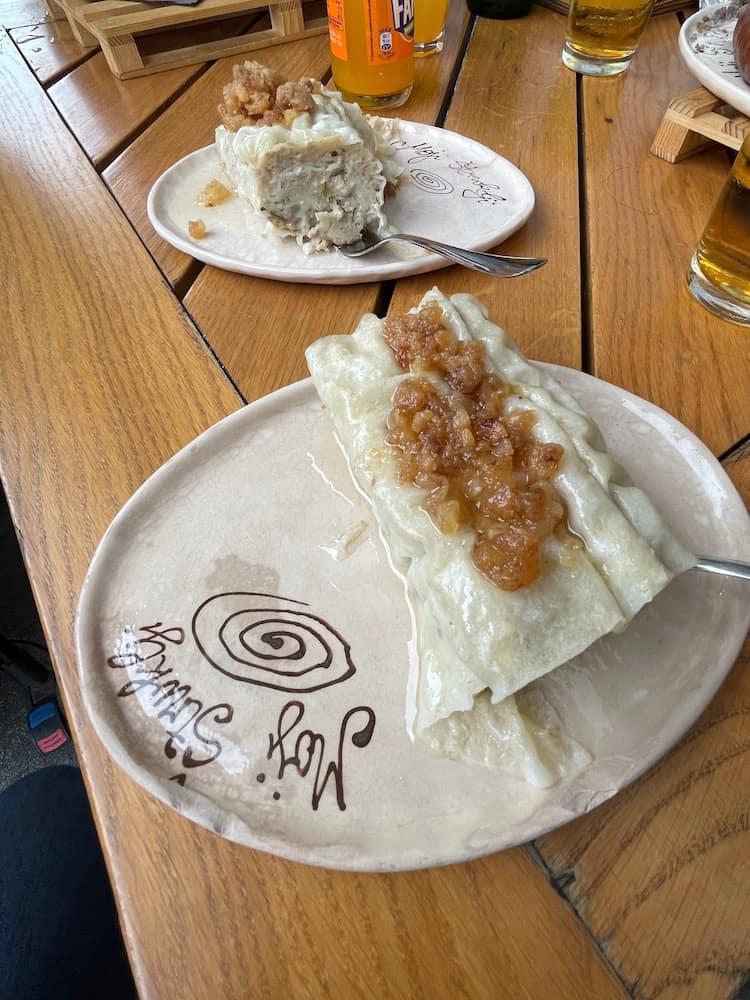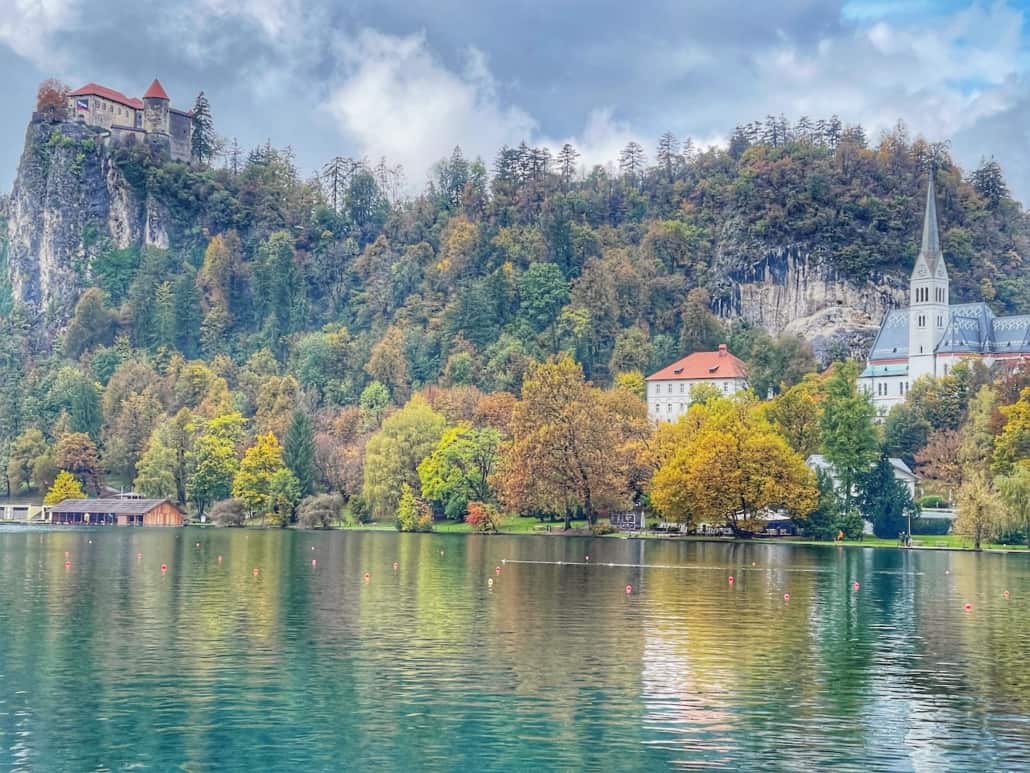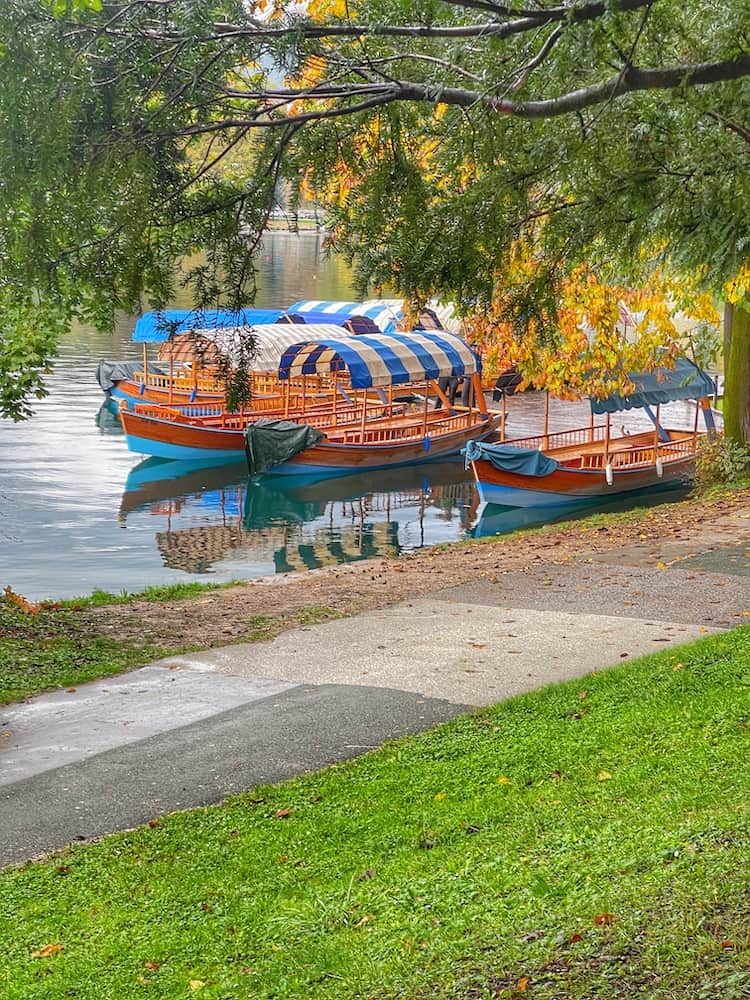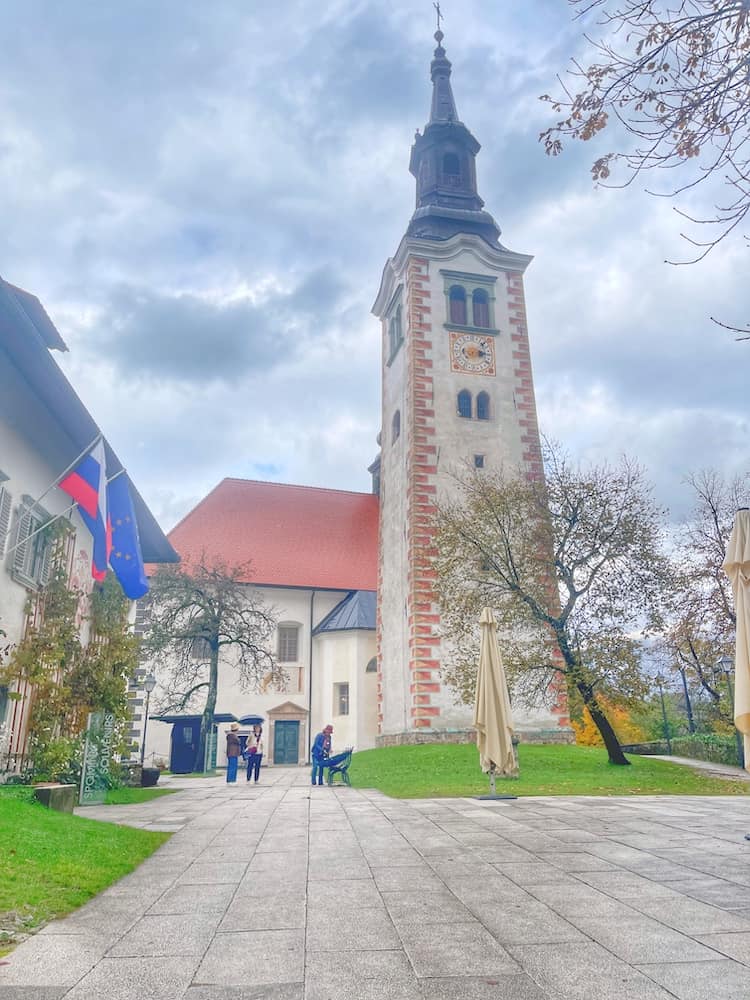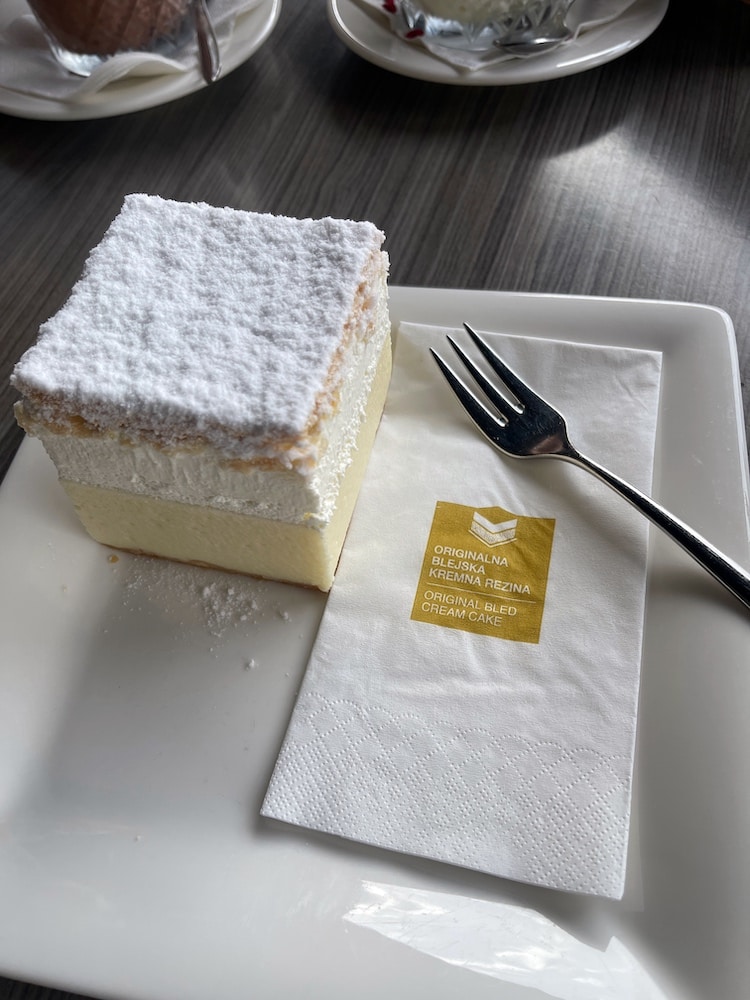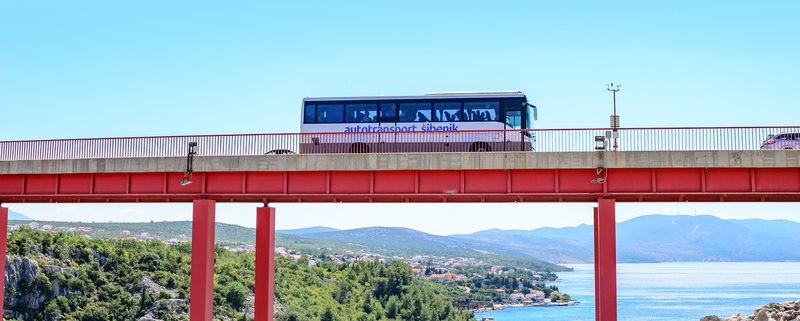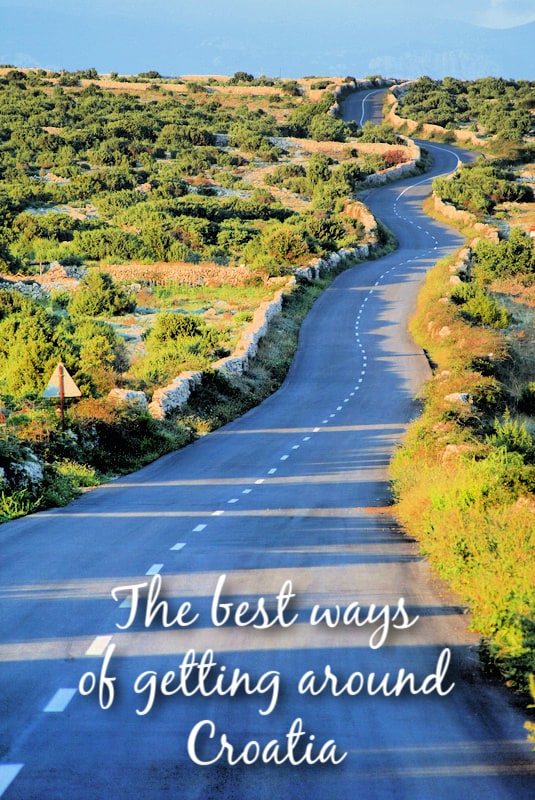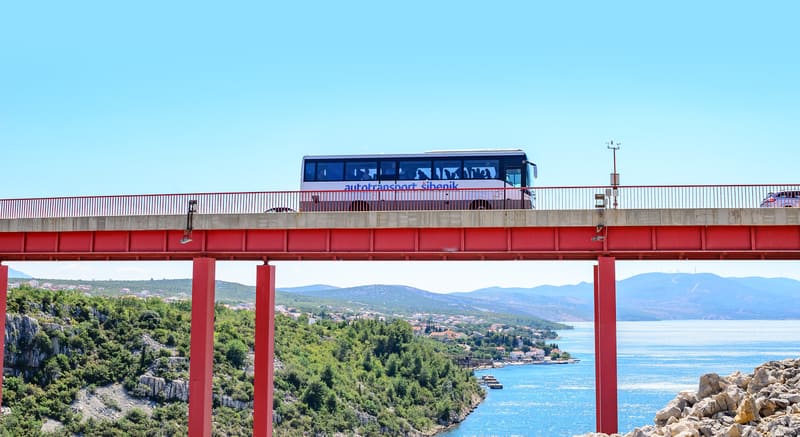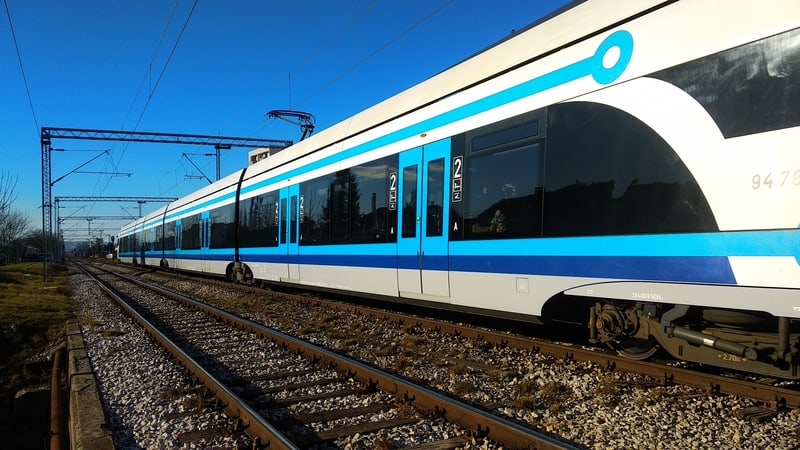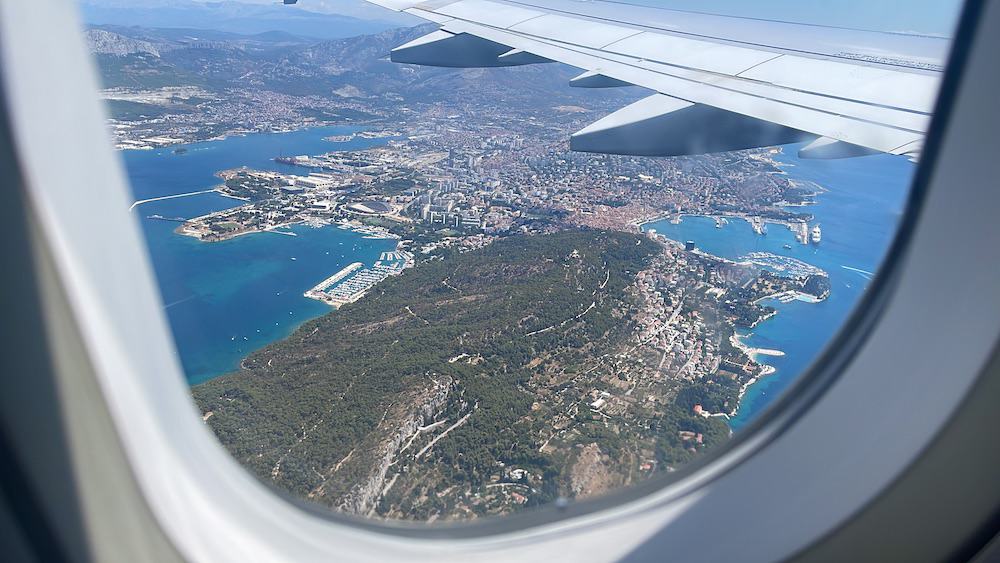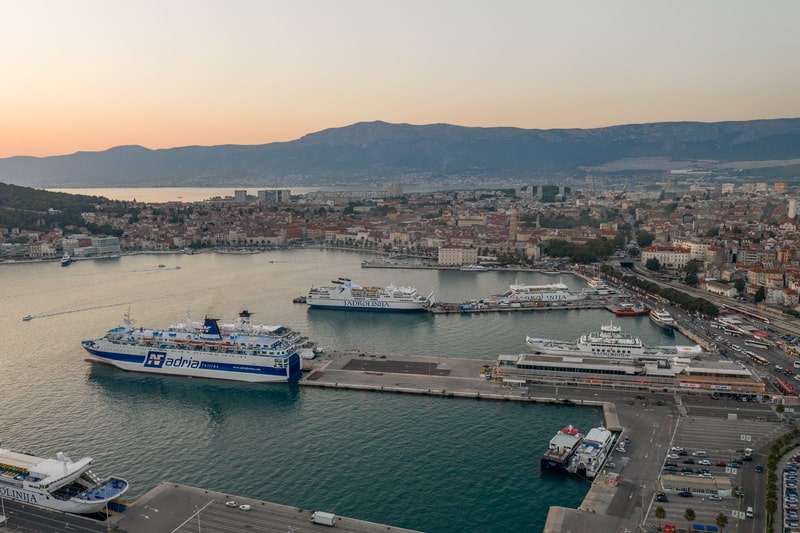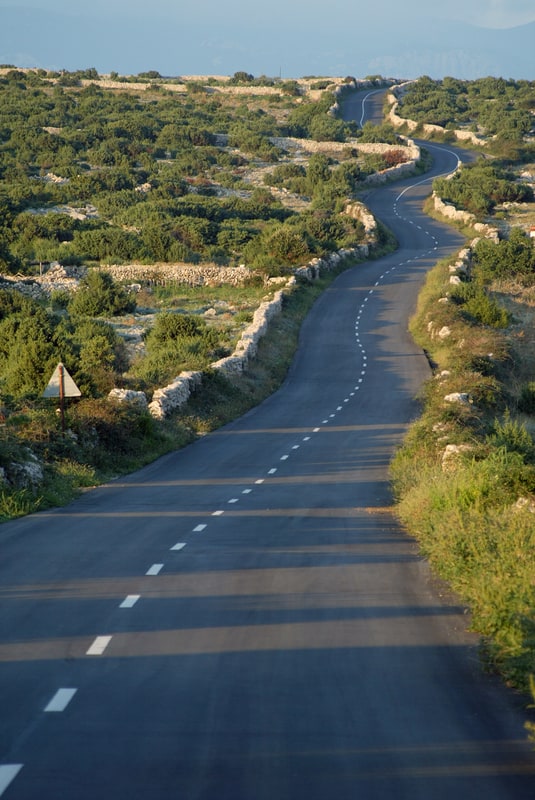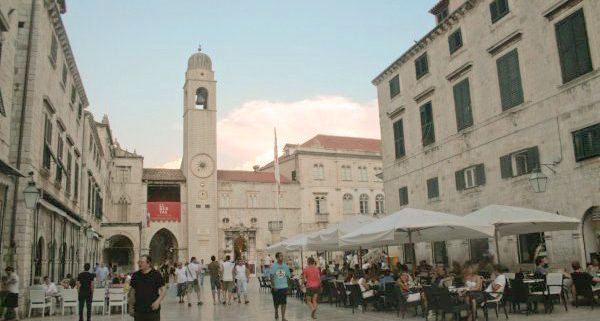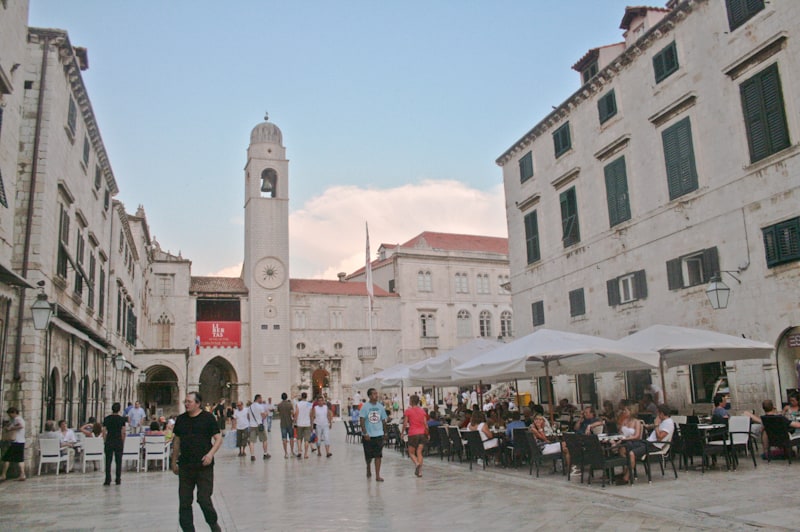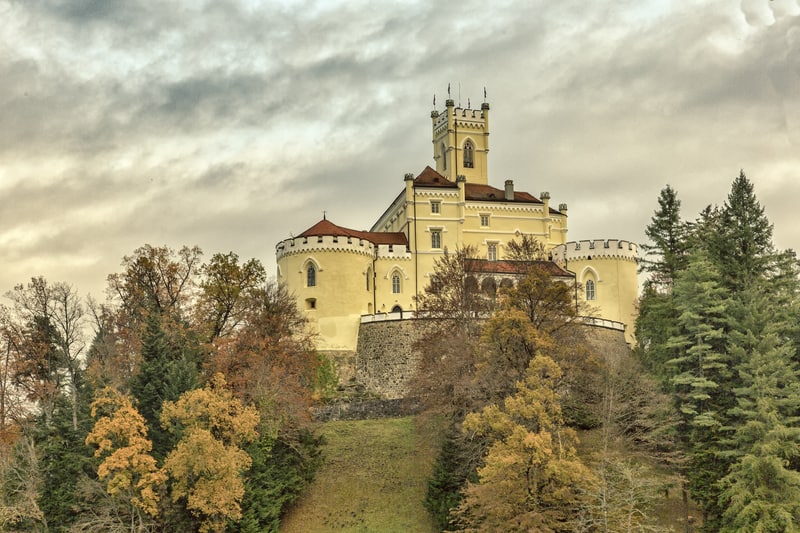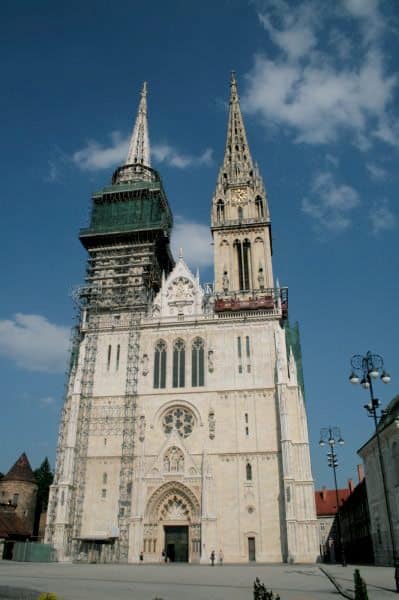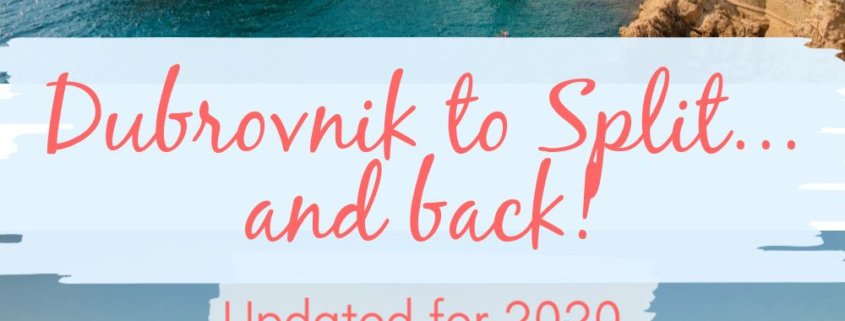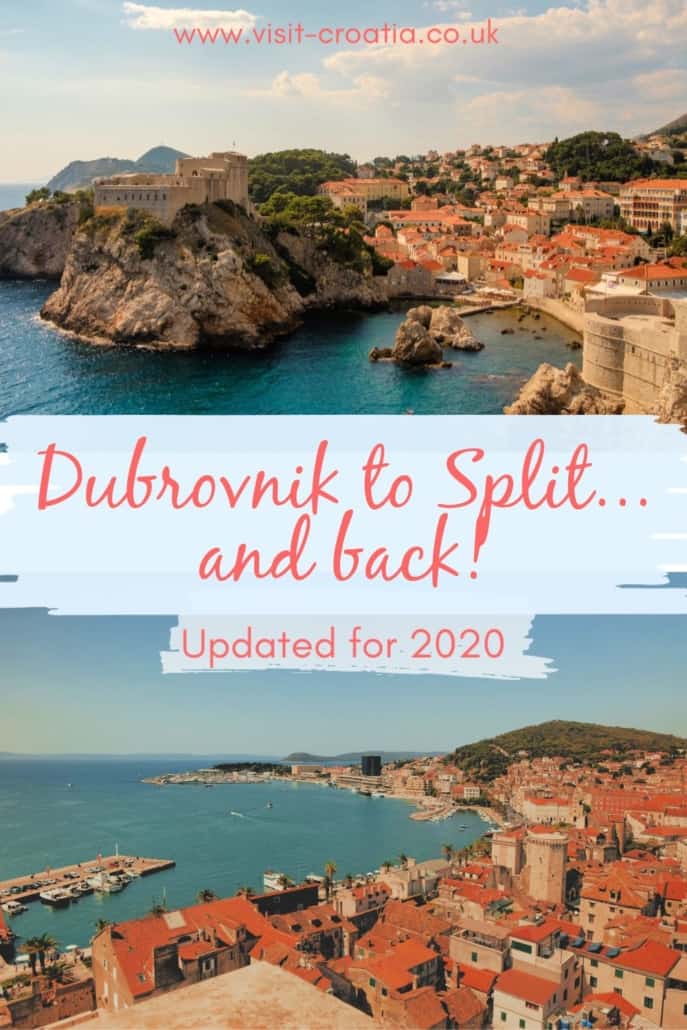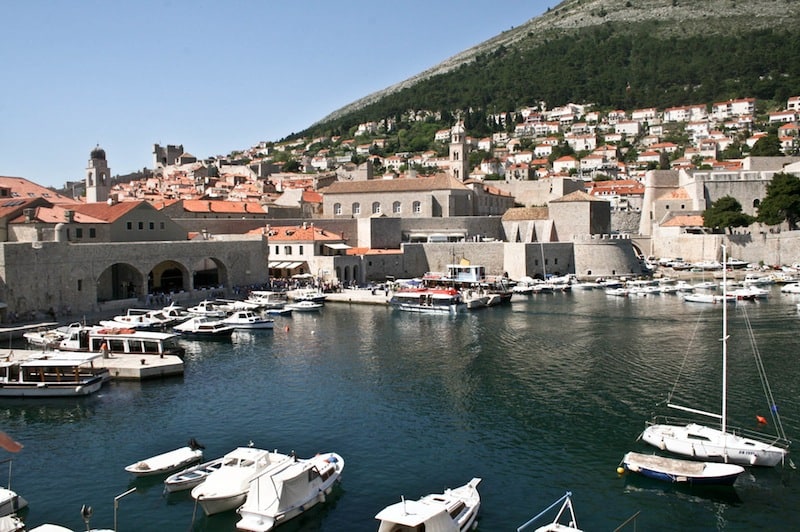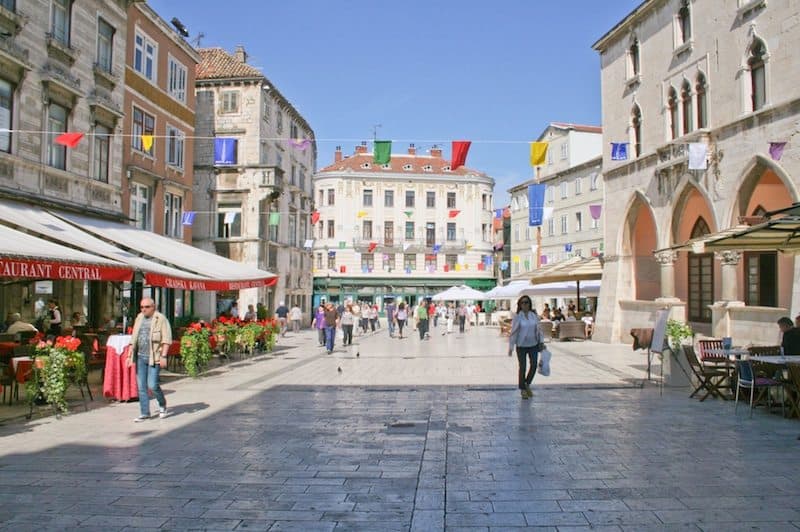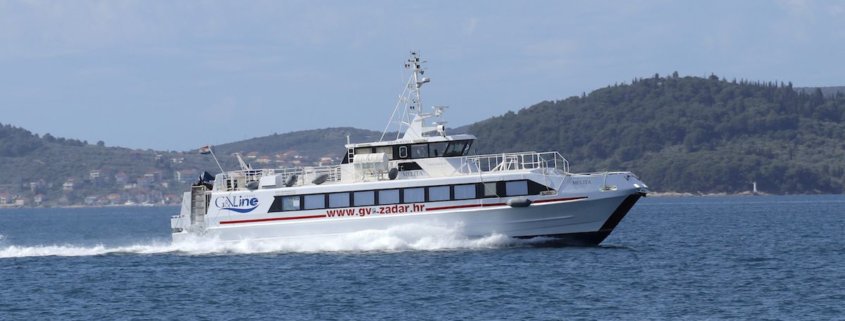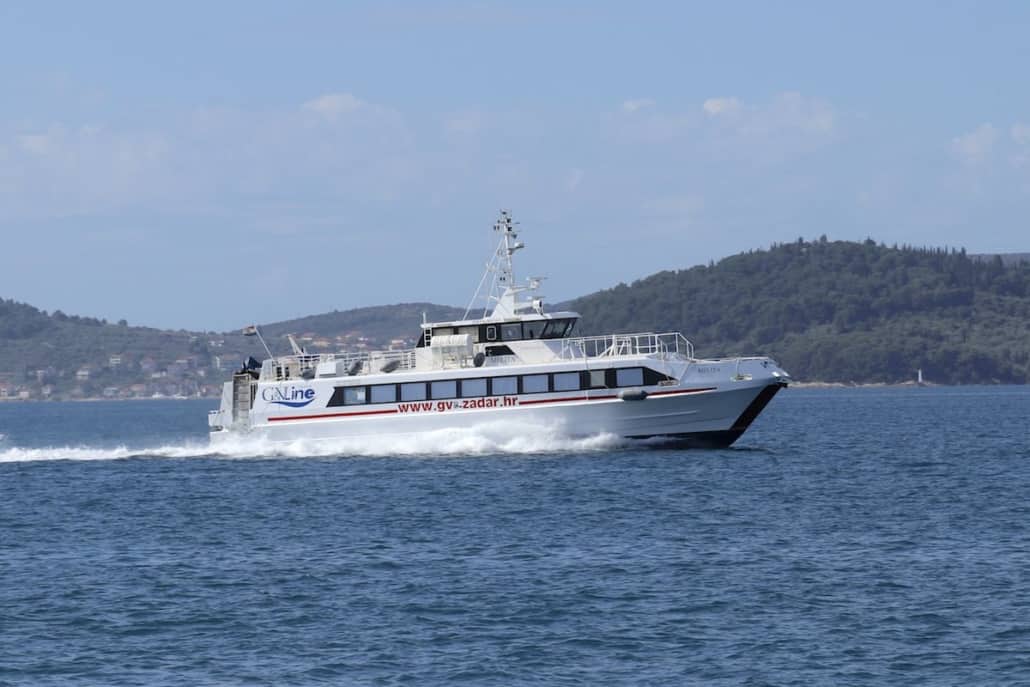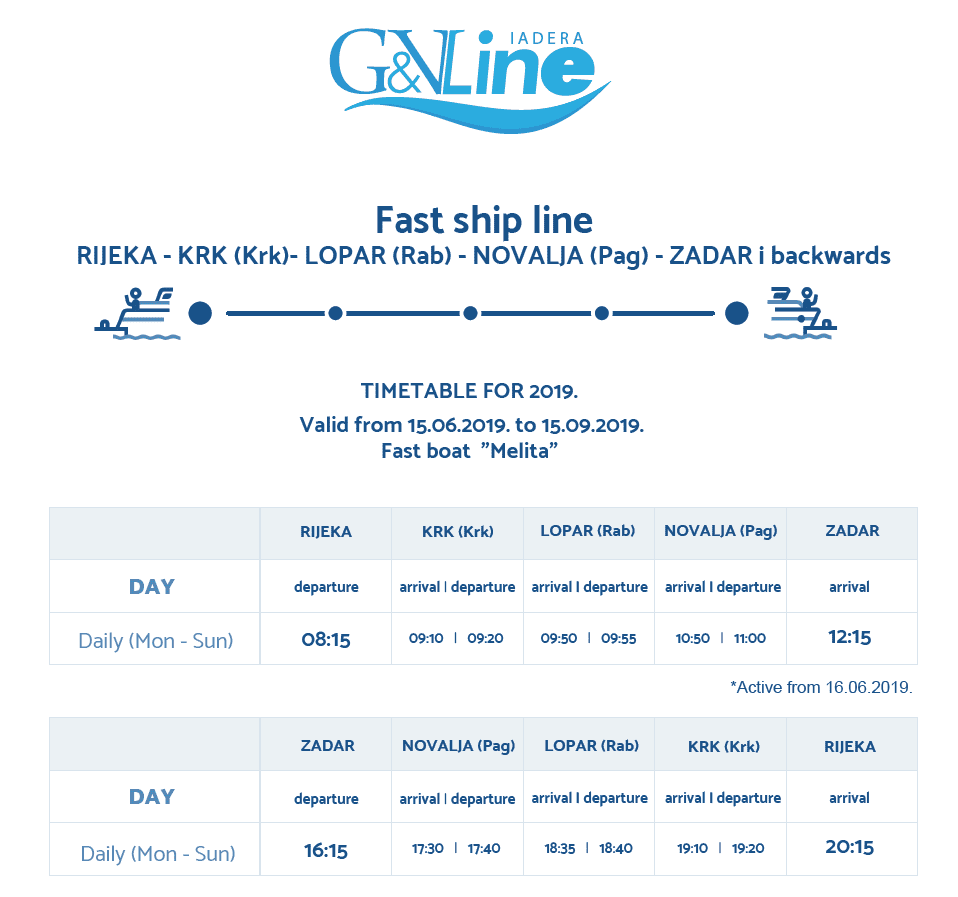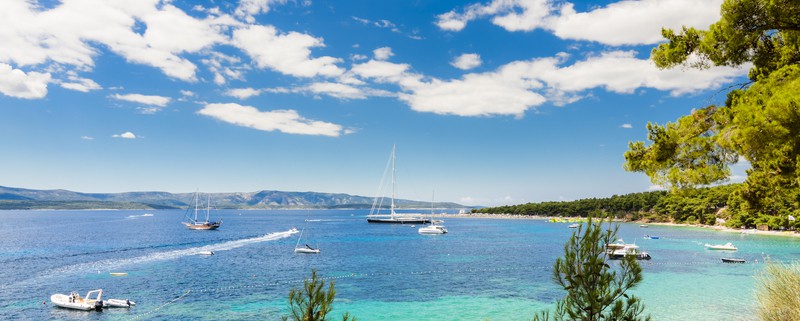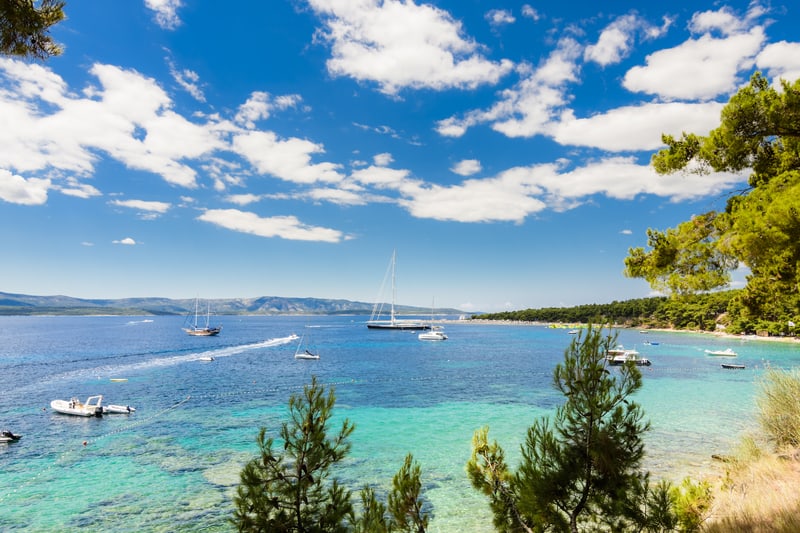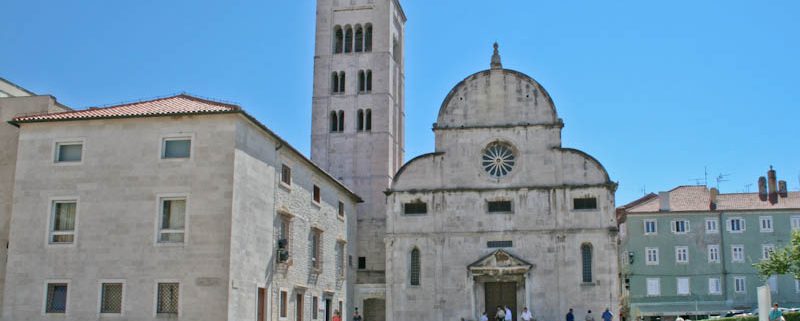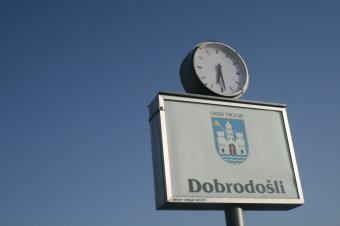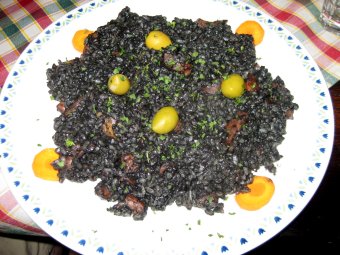Split to Dubrovnik Catamaran 2024
As we’re at the time of year that the Dalmatian coastal catamarans – those that operate from Split to Dubrovnik and Dubrovnik to Split – start operating, I thought I’d give a little round-up of those such services. I know they’re certainly popular with travellers! In this post, you’ll find timetables for all the Split to Dubrovnik catamaran services operating in 2024.
TP Line has just started its Split to Dubrovnik catamaran service
As of last Friday, 26th April 2024, TP Line has started operating its coastal catamaran which runs from Split to Milna on the island of Brac, Hvar Town, Korcula Town, Pomena on the island of Mljet and Dubrovnik. (And does the return journey too, of course!)
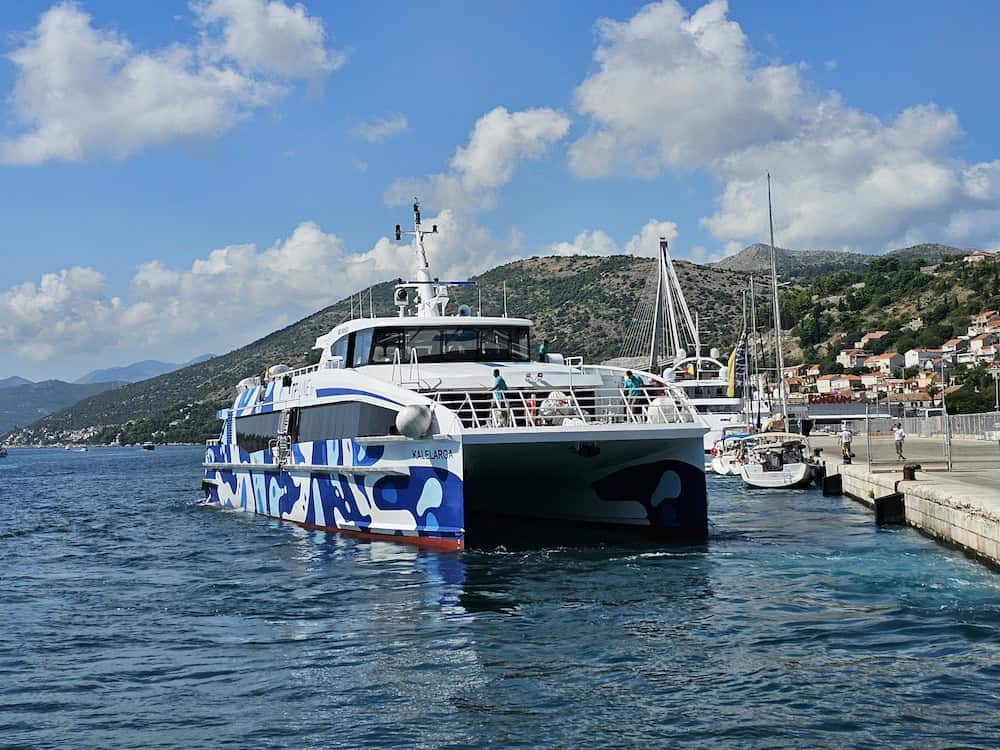
This is a service that departs Split in the morning, meaning you can make it to Dubrovnik for the mid-afternoon. For the reverse journey, you leave Dubrovnik in the mid-afternoon and arrive in Split just in time for dinner.
The timetable for this service in both directions is shown below:
| Split | Milna (Brac) | Hvar | Korcula | Pomena (Mljet) | Dubrovnik | |
| Day | departure | arrival | departure | arrival | departure | arrival | departure | arrival | departure | arrival |
| Monday – Sunday (Daily) | 9.15am | 9.45am | 9.50am | 10.30am | 10.45am | 12.10pm | 12.20pm | 1pm | 1.05pm | 2.35pm |
| Dubrovnik | Pomena (Mljet) | Korcula | Hvar | Milna (Brac) | Split | |
| Day | departure | arrival | departure | arrival | departure | arrival | departure | arrival | departure | arrival |
| Monday – Sunday (Daily) | 3.15pm | 4.45pm | 4.50pm | 5,30pm | 5.40pm | 6.55pm | 7.10pm | 7.50pm | 7.55pm | 8.30pm |
Tickets cost €48 for adults or €24 for children aged 3 to 12 whilst children under the age of 3 travel free. These prices are for the full Split to Dubrovnik or Dubrovnik to Split portion of the journey as well as for Milna – Dubrovnik/Dubrovnik – Milna and Hvar – Dubrovnik/Dubrovnik – Hvar. Other prices apply for the other portions; you can see these on the TP Line website where you can also buy tickets.
TP Line also operate several other catamaran routes along the Croatian coast include Dubrovnik – Sobra (Mljet) – Korcula – Ubli (Lastovo) and Dubrovnik – Sipan – Sobra (Mljet) – Polace (Mljet) – Korcula – Ubli (Lastovo).
Kapetan Luka’s service has already been running for a month
Kapetan Luka operate two popular Split to Dubrovnik catamaran services, and their most popular one has already been operating daily for the past month!
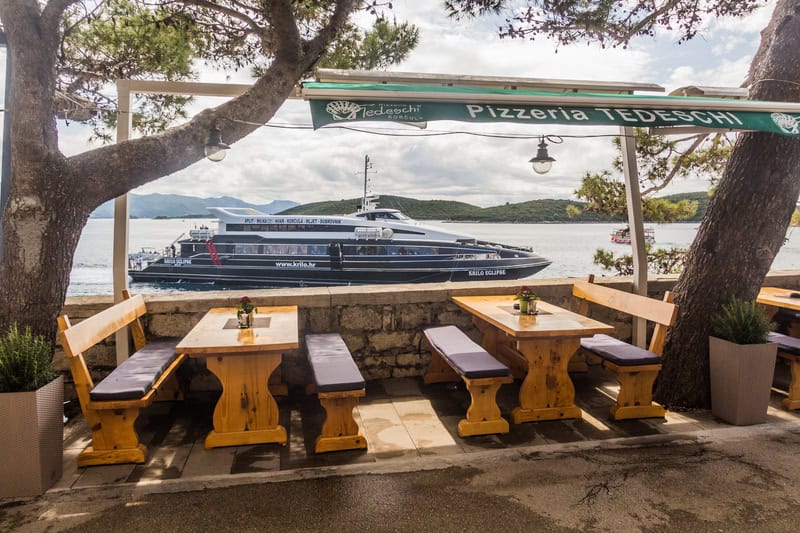
Their services also runs from Split to Milna on the island of Brac, Hvar Town, Korcula Town, Pomena on the island of Mljet and Dubrovnik. The timetable is shown below:
| Split | Milna (Brac) | Hvar | Korcula | Pomena (Mljet) | Dubrovnik | |
| Day | departure | arrival | departure | arrival | departure | arrival | departure | arrival | departure | arrival |
| Monday – Sunday (Daily) | 8.00am | 8.25am | 8.30am | 9.00am | 9.10am | 10.20am | 10.30am | 11.05am | 11.10am | 12.35pm |
| Dubrovnik | Pomena (Mljet) | Korcula | Hvar | Milna (Brac) | Split | |
| Day | departure | arrival | departure | arrival | departure | arrival | departure | arrival | departure | arrival |
| Monday – Sunday (Daily) | 3.00pm | 4.20pm | 4.25pm | 5.00pm | 5.10pm | 6.30pm | 6.40pm | 7.15pm | 7.20pm | 7.45pm |
As you can see, you can use this service from Kapetan Luka to make the journey from Split to Dubrovnik in time for lunch, with plenty of time for exploring in the afternoon.
This catamaran costs €50 for adults for the full Split to Dubrovnik or Dubrovnik to Split portion as well as for Milna – Dubrovnik/Dubrovnik – Milna and Hvar – Dubrovnik/Dubrovnik – Hvar. Other prices apply for the other legs of the journey.
The same company also have another Split to Dubrovnik catamaran that starts operating for the year in June. This service runs from Split – Bol – Makarksa – Korcula Town – Pomena on the island of Mljet – Dubrovnik. You can see the timetable below:
| Split | Bol (Brac) | Makarska | Korcula | Pomena (Mljet) | Dubrovnik | |
| Day | departure | arrival | departure | arrival | departure | arrival | departure | arrival | departure | arrival |
| Monday – Sunday (Daily) | 8.45am | 9.35am | 9.45am | 10.20am | 10.30am | 11.40am | 11.50am | 12.20pm | 12.30pm | 2.05pm |
| Dubrovnik | Pomena (Mljet) | Korcula | Makarska | Bol (Brac) | Split | |
| Day | departure | arrival | departure | arrival | departure | arrival | departure | arrival | departure | arrival |
| Monday – Sunday (Daily) | 3.05pm | 5.00pm | 5.10pm | 5.50pm | 6.00pm | 7.15pm | 7.25pm | 8.00pm | 8.10pm | 9.10pm |
Tickets for Kapetan Luka‘s coastal routes can be purchased on their website.
Jadrolinija’s Split to Dubrovnik catamaran starts in June
The main ferry and catamaran company in Croatia, Jadrolinija, of course also have a Split to Dubrovnik catamaran. However, their service only starts in June, running for the peak summer months. For completeness, I thought I would also add it here so you can get your Split to Dubrovnik catamaran info all on one page!
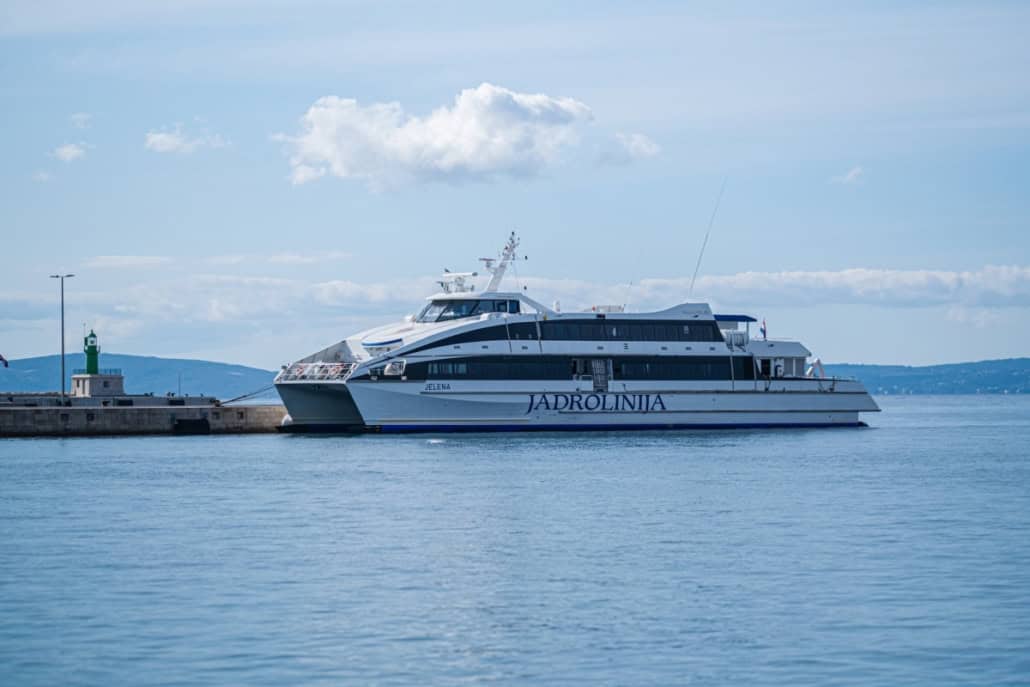
This is certainly a popular route as it connects some of the top destinations in Croatia: Split – Bol – Hvar Town – Korcula Town – Dubrovnik. This service travels from Split to Dubrovnik in the afternoon/evening, and from Dubrovnik to Split in the morning. That means lunch on the Riva in Split!
You can see the timetable below:
| Split | Bol (Brac) | Hvar Town | Korcula Town | Dubrovnik | |
| Day | departure | arrival | departure | arrival | departure | arrival | departure | arrival |
| Monday – Sunday (Daily) | 3.30pm | 4.30pm | 4.45pm | 5.35pm | 5.55pm | 7.10pm | 7.25pm | 9.25pm |
| Dubrovnik | Korcula Town | Hvar Town | Bol (Brac) | Split | |
| Day | departure | arrival | departure | arrival | departure | arrival | departure | arrival |
| Monday – Sunday (Daily) | 7.00am | 9.00am | 9.15am | 10.30am | 10.50am | 11.40am | 11.55am | 12.55pm |
Adult tickets cost €45 for Split to Dubrovnik/Dubrovnik to Split as well as Hvar to Dubrovnik/Dubrovnik to Hvar. Other prices apply to the other legs of the journey.
You can buy tickets on the Jadrolinija website.
What’s all this talk of catamarans? What about the ferry?
There is no longer a slow ferry between Split and Dubrovnik, one that would be able to take cars as well as passengers. This was a service run by Jadrolinija in the past – for decades, in fact – although it hasn’t operated for almost ten years now and was being run at a loss towards the end of its time. Actually a coastal service that originated Rijeka, I’m sure this would be welcomed by many travellers these days. But, suffice to say, there is no coastal ferry service between Split and Dubrovnik.
If you have a car, you will need to drive down or up the coastline!


